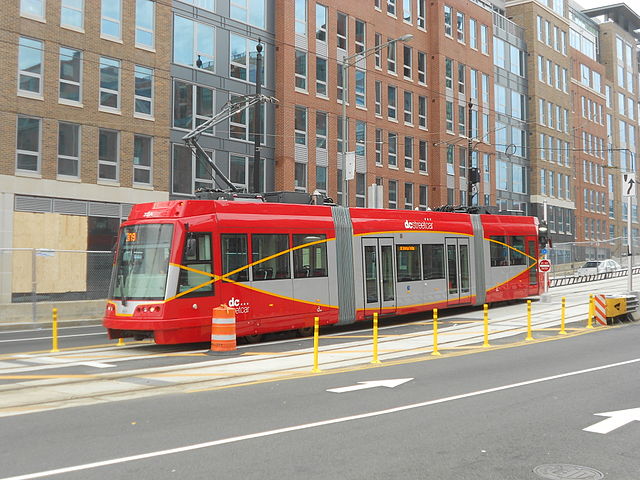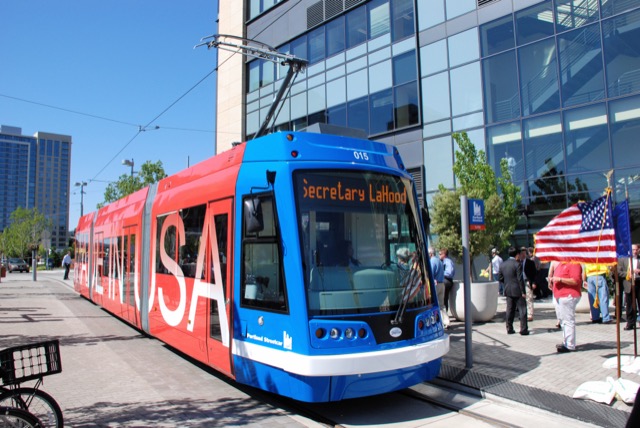The Consumer Electronics Show opens in Las Vegas today, so the next few days are likely to see new hype (some say overhype) about self-driving cars. Last month, Yahoo reported that Ford and Google would announce that they would build self-driving cars together, but Ford’s announcement yesterday about its electronics plans didn’t mention Google. Ford may still make an announcement with Google later in the show, but it is curious that Yahoo’s original story doesn’t seem to be live anymore.
A combination that has been confirmed is between General Motors and Lyft. While their goal is to create a system of shared, self-driving vehicles, the only substance in the announcement was that General Motors was “investing” $500 million in Lyft. So it isn’t clear which, if either, company will be developing the software and hardware needed to make GM cars self-driving.
A Ford-Google partnership probably makes more sense than a GM-Lyft combine. With the former, Ford offers car-making expertise while Google offers the software and the resulting products could be used for car sharing, individual ownership, trucking, and other services. The GM-Lyft partnership is limited to just sharing and neither of the partners has the software to do true autonomous cars.









